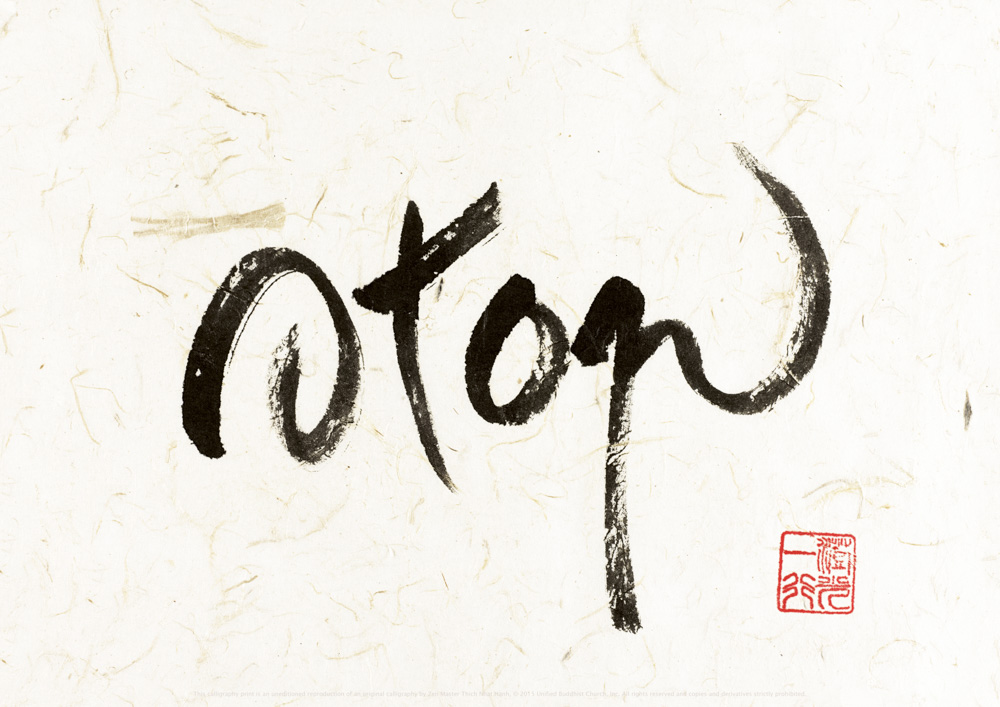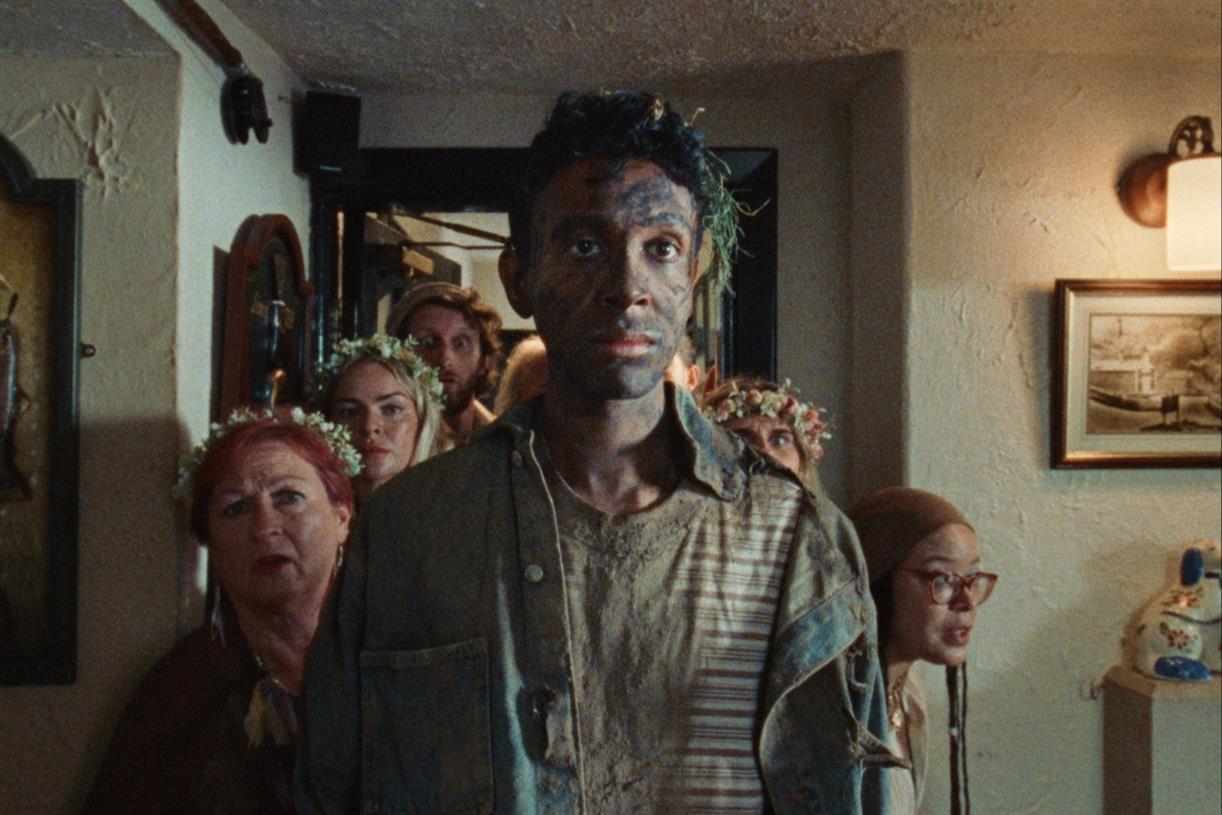8 Tips to Help You Declutter When Your Income is Small
Minimalism made me rich because my husband and I paid off our debts, learned to live below our income, and realized that we could enjoy low-cost or free activities, rather than the cruises and world travel that so many...


Minimalism made me rich because my husband and I paid off our debts, learned to live below our income, and realized that we could enjoy low-cost or free activities, rather than the cruises and world travel that so many aspire to.
But our current financial situation didn’t happen overnight! We’re in our 60s, our kids are grown, and we’ve been mostly minimalist for over 25 years.
We did raise our two children on one teacher’s salary (plus my occasional side gigs) while living in California, one of the most expensive states in the U.S. We know what it’s like to have a tight budget and make hard choices about what we can afford for our family.
Minimalism works for everyone.
Some people think minimalism is for the wealthy – people with extra stuff who can afford to keep only what “sparks joy” and get rid of everything else. People who can simply buy a replacement if they get rid of something it turns out they need after all. People who don’t need that extra $20 for groceries or gas.
Some people think decluttering isn’t an option when all of your furniture and clothes are hand-me-downs. “I shop at the Goodwill and accept people’s castoffs,” they might think. “Nothing in my house ‘sparks joy,’ but if I get rid of it we’ll be sitting on the floor and going naked.”
To some extent, I can relate. My mom sewed most of my clothes growing up, but my sister always wore my hand-me-downs and rarely had anything new. I got a few hand-me-down items from an older girl in our church, but her clothes were pretty and didn’t look used. My mom still kept only the things she thought fit well, in colors I liked. We passed the rest to a neighbor.
When Jon and I got married, our one car was a 20-year-old hand-me-down. We still used our college board-and-brick bookcases. Every other piece of our furniture was given to us by relatives who cleared out their extras. Just before our daughter was born, we took Jon’s uncle’s old orange-flowered loveseat to the dump. We had used it for over four years. Did we like it? No.
If you have to scrimp and save for something, you might develop a stronger emotional attachment to it than if you acquired it with ease. When you have zero extra money, it can be frightening to think about getting rid of something that was hard to come by, even if you can’t use it any more. The anxiety caused by money problems can magnify how much you think you need an item, making decluttering harder.
Minimalism on a low income has its challenges, but it also has great rewards. When you declutter, you have less to clean, less to maintain, and less to lose. Decluttering returns two valuable and limited resources – time and energy. Time and energy to care for yourself and your family, to rest, to learn, maybe even to earn more if you need to.
How to Declutter on a Low Income
1. Start, even if it’s hard.
Experiences like poverty, unemployment, long-term illness, or a great loss (such as a house fire) will influence your relationship with your stuff. Decluttering can help you change your perspective, but at the beginning you might feel like everything you own is an important asset – even if you don’t need it, even if some of it is junk.
Start small. June at thissimplebalance.com recommends starting in the bathroom. Why?
• It’s probably the smallest room in your house – so you get a quick win.
• It’s easy to throw away stuff like expired medications, old bacteria-laden makeup, and miracle potions that don’t actually work.
• You probably don’t have any sentimental items stored there.
Marie Kondo suggests you start with your wardrobe, and Joshua Becker believes you should start in the living room. I recommend that you start in the kitchen.
The truth is, there’s no one right way to declutter or one right place to start. Pick a spot – even if it’s a junk drawer – and start.
2. Don’t ask “Does it spark joy?”
It would be marvelous to live in a home where everything you see is your favorite, with nothing junky or extraneous. But if your financial situation isn’t great, this question might not help you make decisions about what to keep. If you get rid of everything that doesn’t spark joy (like our orange-flowered loveseat), your house might be pretty empty when you finish.
Besides, “Does it spark joy?” could imply that happiness comes from possessions. Yes, that cherished artwork, a supportive and comfortable mattress, or jeans that actually fit might make you happy. But real joy doesn’t come from things. It comes from people, experiences, beauty, and the chance to creatively use your talents to meet your goals.
Better questions are:
• Do I actually use this item at least once a year?
• Do I own another item that does the same (or a similar) job?
• Could I afford to replace this item if I needed to?
3. Take time.
Decluttering takes hard work and a lot of decision-making. And making wise decisions can be difficult when you’re anxious, because anxiety makes us cling to the way things are. It’s one way to try and maintain control.
Give yourself time to consider your fears:
• What’s the worst-case scenario? Is it a realistic possibility?
• What can I do (or use) instead if I declutter this and wind up needing it?
• What (besides this possession) makes me feel competent and secure?
4. Keep duplicates – in moderation.
My advice is usually to remove duplicates, because I’ve found that we rarely need them. But if your income is small, there are a couple of exceptions.
• Is this item easily breakable? (For example, glassware.)
• Is this item something bought in bulk that you will use? (For example, canned goods, toilet paper, pens.)
This doesn’t mean you should keep 50 pens (they’d probably dry out before you use them, anyway). That’s where moderation comes in. You decide what that means.
5. Use an “on hold” box.
Maybe you’re afraid to declutter something because you worry you’ll need it and not be able to replace it. That could be a legitimate worry, or not. So keep a box (or two) for items that are “on hold.”
Fill the box, close it up, label it with today’s date, and store it. Wait six months, or even a year if you want to cycle through the seasons and annual weather changes. If you haven’t needed anything during that time, you can confidently take the box to your local thrift store.
6. Use deep storage.
Deep storage is for items you will use, but rarely. Maybe the time frame is a year or longer, or unknown. Examples include the tent and camp stove you’ll probably use a couple times each summer, or clothes and toys saved for a younger sibling. Perhaps you own two blenders, use one every day, and don’t know if you’ll have funds to replace it when it finally dies. Deep storage is for the second blender.
The idea is that items you only use occasionally shouldn’t crowd your everyday living space.
Once again, moderation is key. This isn’t about turning your garage into a stacked-high firetrap or convincing yourself that you “need” to rent off-site storage. With the current U.S. average at $85/month – over $1,000/year – that’s probably something you can’t afford.
7. Organize inexpensively.
Shelter magazines and Pinterest are full of high-end, customized storage systems. But you don’t need to spend a lot to create “a place for everything.”
Amazon shipping boxes, shoe boxes, and cheap dollar store bins work just as well as $40 organic seagrass baskets. If you want to make them pretty (or matching), cover them with wrapping paper.
Other inexpensive organizing solutions include silverware trays, peg boards, and clear plastic over-the-door shoe bags (useful for more than shoes).
8. Stop adding clutter.
This is the biggie. Unless you have a specific need, quit stopping at garage sales and discount stores “just to look.” If a sign says “Huge bargains! Prices slashed!” or anything like that, do not take a look “just in case I see something we need.” I know from experience that you’ll convince yourself you need stuff “because it’s such a great price.”
Think carefully before you accept freebies. When our budgets are small, we get in the habit of taking anything that’s offered. But there’s a difference between well-maintained clothes that will fit your child soon and items she won’t want to wear. And you probably don’t need another promotional pen, magnet, mug, or tote bag. Or any more hotel-size toiletries.
Fight against the scarcity mindset that says you’ll never have enough, and develop an abundance mindset that believes you can make it, that God (or the universe) will take care of you, and that you have a lot to be thankful for.
***
About the Author: Karen Trefzger is a writer, singer, teacher, wife, mother, and grandmother who has been choosing a simpler life for over 20 years. She is the author of several books about minimalism, and blogs at Maximum Gratitude Minimal Stuff.

 JaneWalter
JaneWalter 
































